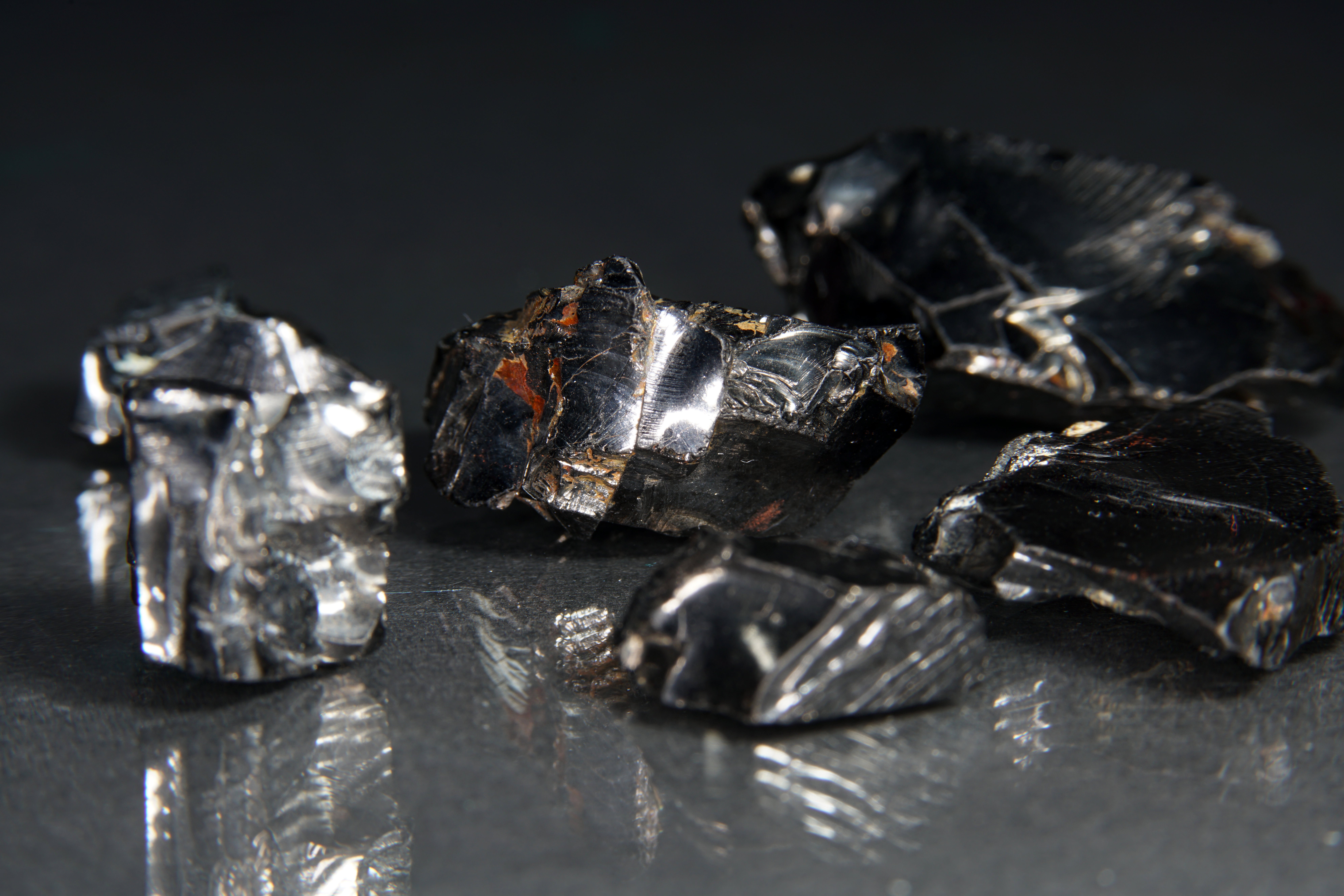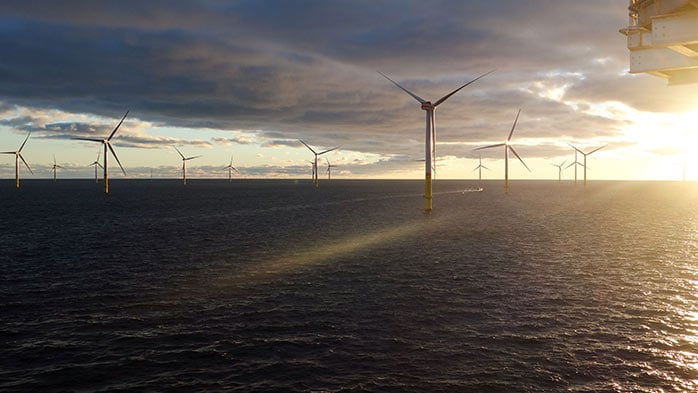The global light vehicle production forecast has been downgraded, with North America and Western Europe hit hardest. Economic uncertainty, higher interest rates, and persistent supply chain disruptions continue to hold back both demand and production. Some automakers are grappling with rising inventory levels and scaling back build rates into next year.
On the electric front, BEV growth is falling short of expectations, leading some legacy automakers to delay and adjust electrification targets, with many now expanding hybrid offerings instead.
In China, while overall demand is softened, EV sales remain resilient thanks to competitive pricing and favourable incentives.
Key takeaways
-
North America: Output in the US fell in August as some automakers continue to reduce build to better manage rising inventory levels, with production disruptions also impacting output. To stimulate demand and lower inventories, several carmakers have increased discounts on vehicles. In Mexico, domestic sales remained robust, marking the 28th consecutive month of y/y growth.
-
Europe: German auto production increased in August y/y supported by robust export demand. However, YTD output remains down over the first eight months of the year, impacted by various external and industry factors, including a drop in demand for BEVs. In Germany, Europe’s largest BEV market, BEV demand fell 68.8% y/y in August, though distorted somewhat by base effects. However, with this weaker data, we have again downgraded our BEV forecast for Germany and EU.
-
China: Chinese wholesale figures cooled, declining 4% y/y as domestic demand remained sluggish, while exports remained strong. EV sales continue to grow, driven by the increasing competitiveness of EVs compared to other propulsion types and more favourable incentives, despite rising discounts on ICE vehicles by some OEMs.
Short run forecasts
Global production outlook revised downwards
Since our last update, the global light vehicle production forecast has been revised downwards by 300k units to 90.5million units. As a result, light vehicle production market is now expected to decline by 0.5% this year.
The forecast has been revised downwards in key regions such as North America and Western Europe, with both regions facing a number of headwinds. A weaker than expected economic picture and higher interest rates has weakened consumer confidence. This, combined with elevated vehicle prices, has softened demand.
On the supply side, ongoing disruptions in the supply chain and production, along with adjustments to build rates to better manage rising inventory, are expected to continue into next year, constraining output. The outlook for 2025 remains skewed to the downside.
In China, while demand has been sluggish recently, the production forecast for 2024 remains largely unchanged. The government's doubling of subsidies under the scrappage scheme is expected to support demand for the remainder of the year. However, with the scheme ending in 2024, a wave of pre-buying might be followed by a pay-back effect in early 2025.
The automotive industry faces a number of risks and emerging trends
-
BEV growth has fallen short of expectations this year. As a result, several legacy automakers have delayed or scaled back model launches and electrification targets, with many expanding their hybrid offerings.
-
Some automakers and industry associations are urging policymakers to reassess upcoming emission standards, such as the EU’s 2025 emission standards and the effective 2035 ICE ban. Some are advocating for adjustments or delays.
-
Hybrid vehicles are set to be a transition technology for longer than initially expected. In the US the latest EPA emission standards dial down the expected BEV ramp up in the short term while giving manufacturers greater flexibility with what type of powertrains they can use to meet emissions targets. In China, plug-in hybrid demand has accelerated this year, with further upside risk. Plug-in hybrid demand has mainly eaten into ICE demand, but also other powertrain types, such as BEVs.
-
Rising protectionism – US, Canada, Turkey, EU and Brazil have all increased import duties on Chinese made BEVs this year. This puts more pressure on Chinese carmakers to localise production to bypass the tariffs. In the EU, some may shift focus to PHEVs, as they are exempt from the increase in duties, though the effective 2035 ICE and hybrid ban, and weaker public sentiment may limit this opportunity.
-
Given high inventory levels and weaker consumer confidence there are signs carmakers and dealers are ramping up incentives to boost demand.
-
Competition and cost pressure remains high for a number of OEMs. Automakers face fierce competition, underutilised production capacity, and the need to reduce costs to boost competitiveness. Strategies such as plant closures, workforce reductions, and operational streamlining are becoming more common. In China price wars and intense competition continue to squeeze margins. Market consolidation is likely in the future.
-
While the economic and geopolitical picture remains mixed, looser monetary policy, such as rate cuts, could encourage consumer spending, lowering prices and boost vehicles sales.
Incentives in US are rising as carmakers look to readjust inventory levels to boost demand
In the US, the Federal Reserve Board reported a 2.4% seasonally adjusted annual rate (SAAR) growth in August, while GlobalData recorded a 2% y/y decline in output for the same month. This decline is partly attributed to manufacturers adjusting inventory levels, as well as production disruptions affecting build rates. For example, Toyota curtailed production of the Grand Highlander and Lexus TX at its Princeton plant due to a safety recall over faulty airbags. Production is expected to resume by the end of October. Inventory levels vary significantly depending on the brand and model, with some models in short supply.
Cox Automotive reported inventories of 2.84 million units at the end of August, a 3% increase compared to the start of the month. The Days’ Supply measure stood at 77 in early September, below the average of 83 days recorded in H1 2024. Carmakers are offering more incentives, supported by recent interest rate cuts, which should boost confidence. However, the upcoming election could hold back some purchases.
The average transaction price for new vehicles was $47,870, down 0.6% from the previous month, with Kelley Blue Book reporting that incentives now account for 7.2% of the average transaction price, up from July. Second-hand vehicle stocks increased slightly to 42 days from 41, with average prices down 6% y/y at $25,172.
As production has caught up with demand following the supply chain crisis, the market has largely shifted from being supply-driven to demand-driven. While affordability concerns remain due to the squeeze on real purchasing power in recent years and higher financing costs, healthier inventory levels and rising discounts should help boost demand in 2024.
In Mexico, sales recorded their 28th consecutive y/y increase in August, growing by 11.9%, with YTD sales up 12%, supported by favourable pricing. Production increased by 8% y/y while exports grew by 2% following declines in the previous month.
US Light Duty Vehicle (LDV) BEV sales surpassed 100k units for the fourth consecutive month in August, with the penetration rate rising to 9%, the highest level yet. BEV sales grew by 26.4% y/y versus the same period last year, supported by more favourable incentives, as well as the ramp-up of several recently launched models. In Mexico, BEV sales grew by 25%, albeit from a low base.
We continue to expect stronger BEV performance in H2, driven by more affordable models and incentives. Our base case remains that BEVs will account for over 8% of vehicles sold in North America this year, up from 7.3% in 2023.
Looking ahead, we expect BEV sales to continue to gain market share, as more affordable models are launches and domestic supply projects come online. However, due to slightly weaker-than-expected BEV demand and more flexible EPA emission standards – leading to some automakers to cut back and delay future battery and EV projects – we have trimmed the BEV forecast over the short to medium term.
German BEV sales slump in August, not helped by base effects
German production grew for the second consecutive month in August, increasing by 24% y/y, driven by robust export demand and strong output from premium German carmakers such as BMW and Porsche. However, output for the first eight months remains down 2%, hampered by supply chain disruptions, parts shortages, flooding, protests, model line consolidations, and weaker domestic demand—particularly for BEVs.
Overall car sales in Germany decreased by 28% in y/y August, due to weaker consumer confidence, as well as base effects, mainly due to an unusually high base in the same month last year, when sales surged ahead of the impending removal of company car purchase subsidies. This resulted in a record-setting selling rate, creating a distorted comparison for August 2024.
This distortion particularly impacted BEV sales, which declined by 68.8% y/y in August. Overall, the BEV market has contracted by 32% y/y in the first eight months of the year. Pure-play BEV maker Tesla has seen sales decline by 45% this year, affected by production disruptions, limited model line-up and weaker demand for BEVs, not helped by Germany's removal of the BEV subsidy for private buyers in December 2023. On a more brighter note, with the base effect in mind, September figures are expected to paint a more favourable picture.
Chinese NEV penetration rate exceeds 50% for the second consecutive month
According to China’s Association of Automobile Manufacturers (CAAM), in August wholesales grew by 10% m/m and contracted 4% y/y. However, sales remain up 3% for the year, supported by strong export growth. For instance, the CPCA report domestic sales have grown by 2% in the first eight months of the year, while exports have grown by 30% y/y over the same period. Domestic sentiment is set to improve with the doubling of subsidies under the trade-in policy, which is set to boost demand, as well as the rollout of other supportive measures. The price war has eased over the last month or so, which could help stimulate demand as some buyers may no longer hold off on buying a new vehicle in the hope of continued falling prices.
Total exports continued to surge, growing by 40% in August as Chinese OEMs continue to target overseas markets (up 30% YTD). BEV exports grew by 4% y/y in August, following four consecutive months of declines. Interestingly, exports to the EU27 grew y/y in August for the first time in four months, despite preliminary trade tariffs taking effect on July 4th. This potentially signals several factors: strong underlying demand for Chinese-made BEVs, Chinese carmakers being undeterred by preliminary tariffs, or hopes that the preliminary tariffs will not be collected when the proposed tariffs are voted on before the end of October. It remains to be seen whether the uptick in BEV exports a general trend is or is specific to an individual brand or model. Since it is only one data point, we should be cautious about extrapolating this trend. In Brazil, NEV exports remain weak, following the increase in EV duties on China-made BEVs in July, which led some carmakers to frontload exports in prior months to build up stock ahead of the import duty hike. Overall, BEV exports have declined by 6% in the first eight months of the year.
NEV demand continued to grow in August, with the NEV penetration rate exceeding 50% for the second consecutive month. NEVs have witnessed robust demand, supported by favourable incentives, pricing, and wider model availability. While NEV sales have grown by around 30% YTD, most of that growth is driven by PHEV demand, which has risen by 86% y/y, while BEV sales have only increased by 9% in the first eight months of the year. Although BEVs account for the lion’s share of NEV sales—roughly 60%.
Chinese OEMs continue to ramp up exports to markets. This trend is expected to stabilise somewhat over the medium term, as Chinese OEMs look to localise production. This will allow Chinese OEMs to circumvent some of the limitations being placed on them in European, Brazilian, and North American markets, as well as build up brand loyalty by producing domestically. Such investment will be easier in Europe than North America, given geopolitical tensions.
The Vehicle Inventory Alert Index in August stood at 54%, reflecting a 3.8% y/y decline and a 2.2% drop from July, signalling a more positive outlook. For the remainder of the year, vehicle sales are projected to grow by 2%, driven by a combination of national and local incentives, such as the national scrappage scheme. EVs are expected to benefit the most from this scheme, as they receive higher incentives compared to ICE vehicles. Recent data indicates a sharp rise in applications in August, with the policy anticipated to create a pull-forward effect before it expires at the end of the year.

















